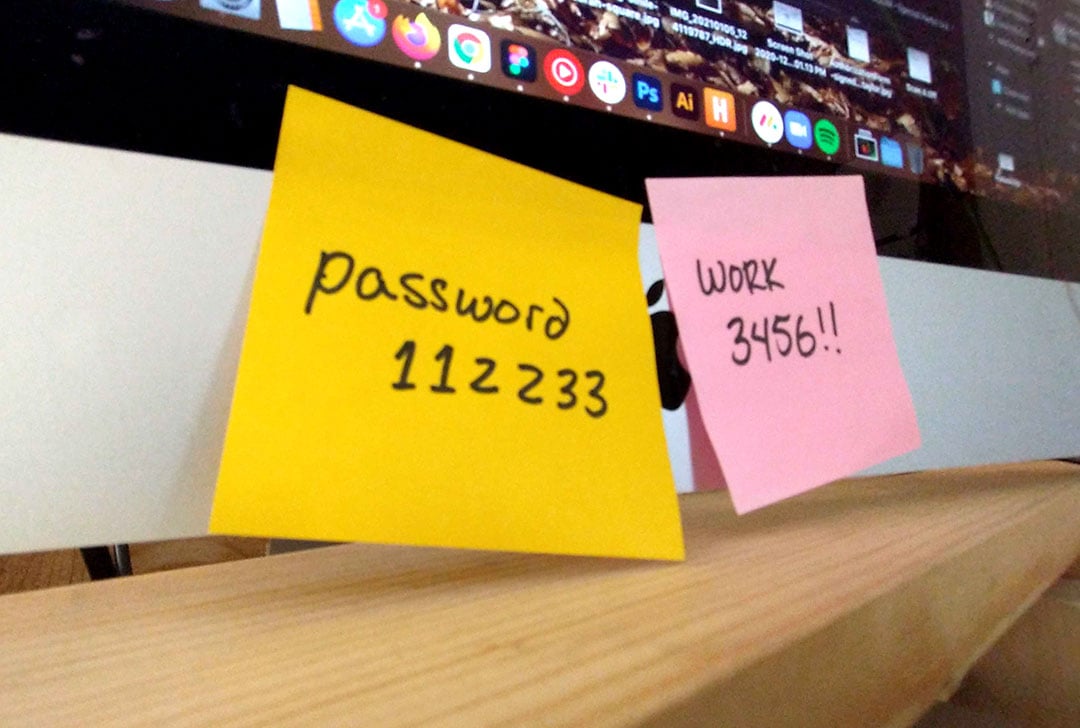Email security is a top concern for businesses today, and Mimecast is one of the leading providers of cloud-based email management services. While Mimecast offers a wide range of features and settings, there are 10 no-brainer settings that every organization should implement to ensure the highest level of protection and compliance.
DKIM Signing
DKIM (DomainKeys Identified Mail) is a method of email authentication that uses a cryptographic key to verify the sender's identity. Enabling DKIM via the DNS Authentication – Outbound Policy in Mimecast ensures that email messages from your organization are authenticated and increases the security of your email communications.
Mimecast SIEM Log Ingestion
SIEM (Security Information and Event Management) collects event log data, identifies potentially malicious activity with real-time analysis, and allows appropriate actions. Ingesting Mimecast SIEM logs into your organization's SIEM solution allows for comprehensive monitoring and analysis of email security events. This setup provides better visibility into email security events and helps organizations quickly identify and respond to security incidents.
Targeted Threat Protection
Mimecast's Targeted Threat Protection (TTP) is an advanced email security feature that protects against targeted attacks, such as spear-phishing and whaling. TTP uses techniques - such as URL protection, attachment protection, and impersonation protection - to prevent these attacks. Enabling TTP in Mimecast provides an extra layer of protection against email-based attacks.
Customizing Impersonation Protection & Custom Threat Dictionaries
Impersonation attacks are becoming increasingly common and sophisticated. Customizing the Impersonation Protection Definitions and creating Custom Threat Dictionaries in Mimecast allows organizations to tailor their email security policies to better protect against impersonation attacks. This setting will help organizations continuously adapt to ever-evolving email-based threats.
Secure Messaging Utilization
Secure Messaging is a feature in Mimecast that allows users to send and receive encrypted messages. Utilizing Secure Messaging via Mimecast helps protect sensitive information when sent via email. This feature is handy for organizations that comply with data protection regulations, such as HIPAA or GDPR (General Data Protection Regulation).
Customizing Spam Scanning Definitions
Customizing Spam Scanning Definitions and User Groups in Mimecast allows organizations to tailor their spam filtering policies to suit their needs better and more aggressively protect users in more information-sensitive roles. This setting helps organizations reduce the number of false positives and false negatives in their spam filtering process, resulting in a better user experience and improved security.
External Header Tags
External Header Tags in Mimecast allow organizations to add custom headers to inbound emails. This setting can help organizations track and monitor email communications, making potential attacks more apparent when tagging external mail.
Teams Meetings URL Bypass
With the rise of remote work, Microsoft Teams has become a regularly utilized tool for many organizations. Teams Meetings URL Bypass in Mimecast is necessary as it allows users to access Teams Meetings. Due to how Microsoft Teams generates URLs, if this bypass is not in place, the URL re-write function Mimecast provides by default will cause the link to be unusable at times.
Large File Send
*This feature is an added SKU not included in base Mimecast licensing but is recommended for any organization that utilizes large files*
With current limitations on emailing large files, many companies that find this a required function turn to less secure methods like open FTP channels or sharing Dropbox/SharePoint links with open editing permissions. LFS provides a secure channel for file sharing using the same security methods as Secure Messaging while also enabling multi-gigabyte file shares without unnecessarily opening the company to potential breaches.
Threat Remediation
*This feature requires super admin privileges, which is a permission that requires an LoA signed from the client to Mimecast to provide the MSP with access*
Blanket phishing campaigns or a compromised email address sending the same email to 50 users is potentially extremely dangerous, especially if it appears from a well-known reputable source. Threat Remediation allows the discovery and clean-up process to happen efficiently. An email can be specified and consequently removed from all mailboxes. This feature helps provide effective removal of blanket email attacks on an organization.
Conclusion:
Implementing these 10 settings in Mimecast can help organizations to protect their email communications better and maintain a pain-free workflow. By customizing their email security policies, organizations can better defend against evolving threats and improve the overall security posture of their organization.




